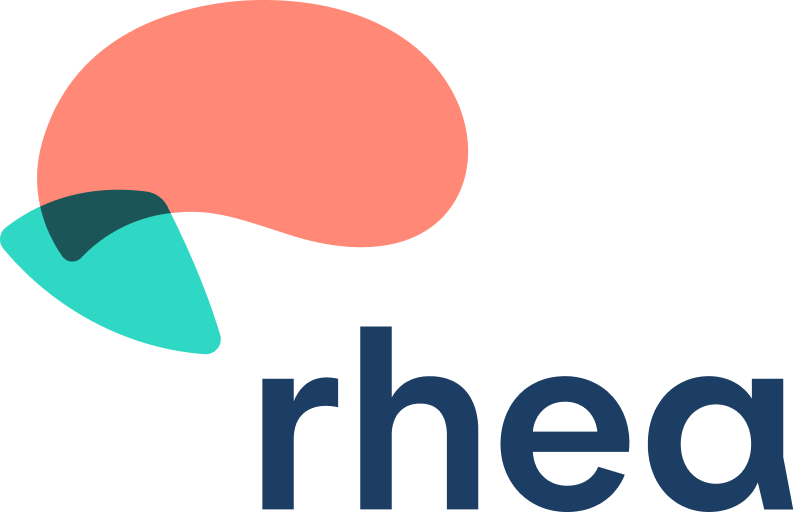Exercise Progression
Exercise .General Principles
Each stage of exercise should be performed without symptom production either during or after (within an hour or so) exercise.
If a stage of exercise does produce symptoms, then the next session should the patient has to “go back” to the last stage that did not produce symptoms, and subsequently progressed with caution, after a day or two of asymptomatic exercise.
By Whom
Ideally, such an exercise progression should be supervised and monitored by a qualified health professional. However, patients may “supervise” their own progression if needed, so long as they understand both the principles involved and the specifics.
How often to exercise
Sessions in an exercise progression after concussion are typically once daily. In some cases (either severe injuries with prolonged symptoms, or mild injuries with fleeting symptoms) the frequency of these sessions may be reduced (to several sessions per week) or increased (to twice daily) as may be appropriate in the clinical judgement of a supervising health professional.
How quickly to progress
This is not a time-based process; instead, it is based on successfully reaching “milestones”. Each stage is commenced only after the last stage has been completed successfully. There is no “correct” rate of progression so long as the previous stage has been successfully passed.
In the mildest cases with the quickest recovery, an athlete may potentially progress from one stage to another on the same day (if doing two sessions of exercise that day).
In severe or prolonged cases, it is generally prudent to perform exercise successfully (without symptoms or exacerbation) for at least several sessions before progressing to the next stage.
Stages of Exercise Progression
Rest
Goal: Reduction of symptoms/attainment of asymptomatic state
Description: No physical activities that raise HR above resting rate. Should perform non-vigorous isometric stabilization exercises for the neck.
Re-Introduction of Stressors
Goal: Establish capacity for cardio-respiratory exertion without symptom production (or symptom exacerbation if performing progression despite persistent symptoms).
Description: Stationary bicycle (no head movement) with the progression of intensity or duration (not both concurrently in one session).
- 15 minutes @ 120 bpm – increase duration to 30 minutes @ 120 bpm
- 30 minutes @ 140 bpm
- 30 minutes @ 140 bpm – 1-minute maximal sprints every 5 minutes (@ 5, 10, 15, 20, 25 min)
Low-Level Stress
Goal: Establish capacity for at least 30 minutes per day of sport-specific movements that involve progressively greater acceleration of the head without symptom production (or exacerbation)
Description: Sport-specific movement that is most relevant to a patient’s function, with gradual progression of both intensity of exercise and magnitude of head acceleration, individualized as appropriate. At this stage, there should be no “cognitive burden” where drills require them to make decisions or concentrate on a task other than basic movement. No resistance training.
Intermediate Stress
Goal: Establish that at least 30 minutes per day of sport-specific training (stage 3) with additional cognitive and visual tracking burdens and body-weight resistance exercises do not produce or exacerbate symptoms.
Description: Continue with the intensity and duration of sport-specific drills reached in stage 3, but now add an element of thinking or decision-making, such as ball or puck-handling, shooting, passing, positional play, execution of set plays, and so on. Also, add 15 minutes per day of body-weight floor exercises such as planks, push-ups, squats, lunges, sit-ups, box jumps, and so on – progress these from less intense (e.g. planks) to more intense (e.g. box jumps). Do not hold your breath.
Submaximal Stress
Goal: Establish freedom from symptoms in situations that simulate all aspects of normal training, except for the risk of collision.
Description: Sport-specific drills should involve increased complexity in simulating game situations. Increase duration toward normal daily training load for this sport. Resistance training may now use additional weights or machines as would be typical of training programs in your sport. Heavy resistance exercises may involve the Valsalva manoeuvre (breath-holding during very heavy lifting, which increases intracranial pressure).
Full Physical Activity / Sport
Goal: Unrestricted activity without symptom production.
Description: Full participation in sports.
Concussions in Soccer
Research Article: Avoiding a red card: recommendations for a consistent standard of concussion management in professional football (soccer).
